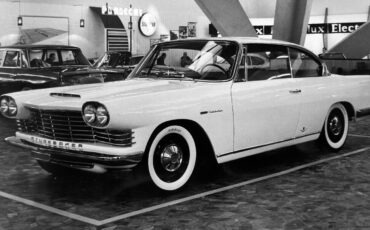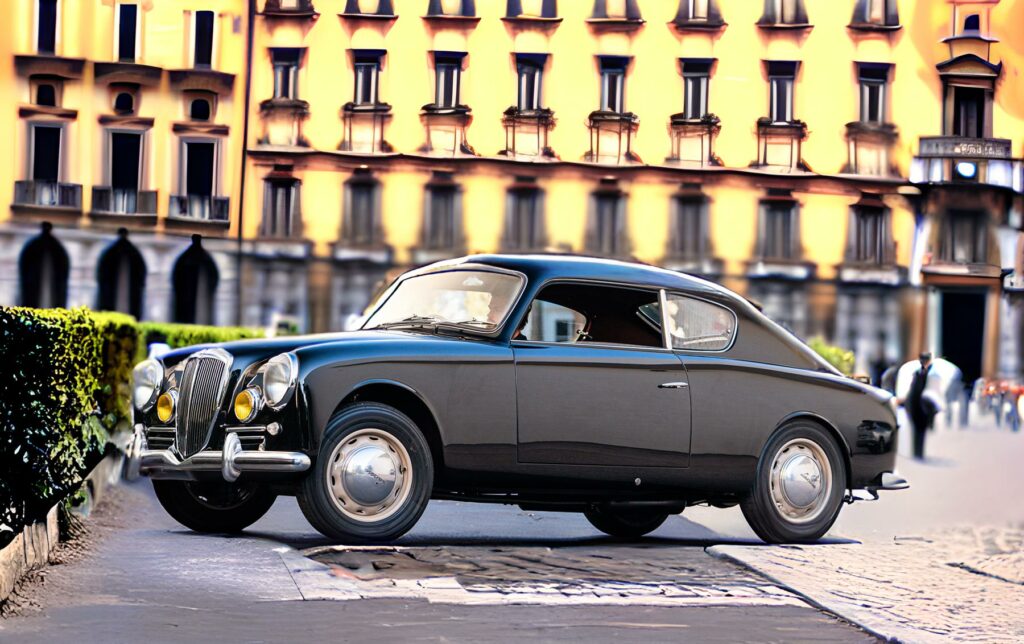
The origin of the Lancia B20 GT
At the Turin Motor Show of 1951, Lancia unveiled a groundbreaking creation that would leave an indelible mark on automotive history—the B20. This high-performance coupe, adorned with alluringly “clean” lines, captivated the public’s attention. Initially homologated for three occupants, all accommodated on a singular front seat, the B20 marked the inauguration of a formula that would enjoy monumental success over the ensuing two decades.
The Aurelia, representing Lancia’s first post-World War II development, emerged as a testament to innovation and foresight. Under the guidance of Vittorio Jano, who had previously designed racing cars for Enzo Ferrari’s Alfa Romeo division until 1937, the technical department oversaw the sedan project. Simultaneously, the engine project was led by De Virgilio. However, the enigma of the body design remained a mystery.
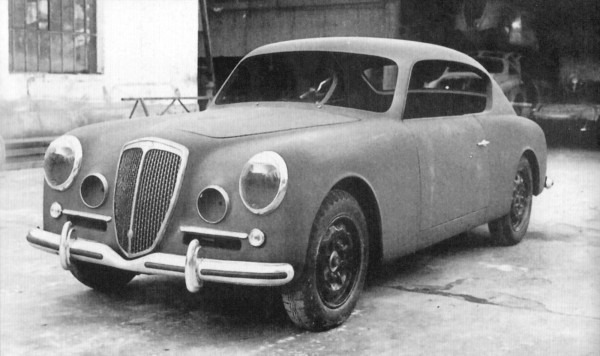
In the early 1950s, Felice Mario Boano, then the owner of Carrozzeria Ghia, found himself entrusted with a pivotal task when Gianni Lancia commissioned him to craft a groundbreaking coupè model. The intriguing decision to engage Ghia for this venture raises questions about Lancia’s motives, given the brand’s strong affiliations and investments in Pininfarina. One might speculate whether Gianni Lancia was captivated by the distinctive design of a prior Ghia model, unveiled by the Turin-based coachbuilder earlier that same year, prompting him to opt for Ghia’s expertise in shaping an automobile that would leave an enduring mark on Lancia’s legacy.
Contrary to common belief, the association of the Aurelia B20 with Pinin Farina is a nuanced narrative. While general automotive literature often attributes the car’s design to Pinin Farina, it is crucial to note that they were solely responsible for producing bodies for later series. The initial collaboration with Ghia in crafting the iconic B20 challenges conventional wisdom and invites a deeper exploration of the dynamics at play.
Amidst this backdrop, Giovanni Michelotti emerges as a key figure, contributing to the Lancia B20’s success with his exquisite design. His work stands as a testament to the artistry that characterized Italian GT cars during these years, underscoring the pivotal role played by design in shaping the legacy of the Lancia B20 and securing its place in the annals of automotive history.
The design
The attribution of the design of the Lancia Aurelia B20 has been a subject of debate and varying claims over the years. The information you provided presents multiple perspectives on the matter, and it’s not uncommon for the origin of automotive designs to have different accounts.
While Mario Felice Boano claimed to have conceived the design while at Ghia, the production records and the recollections of other individuals involved in the process seem to suggest a more complex scenario. The fact that Viotti built some cars for Ghia but Pininfarina also built B20 specimens raises questions about the true origin of the design.
The involvement of Francesco De Virgilio, the engineer of the Aurelia, in supporting Pininfarina as the author of the design adds another layer to the discussion. The resemblance of the B20’s design to other Pininfarina creations from the same era is noted, further supporting Pininfarina’s role in the design.
The mention of the Lancia LP01 prototype with an 8-cylinder V-engine from the late 1940s, bodied by Ghia, and its design similarity to the B20 introduces an interesting element. However, the connection to Mario Felice Boano’s claims might not be straightforward.
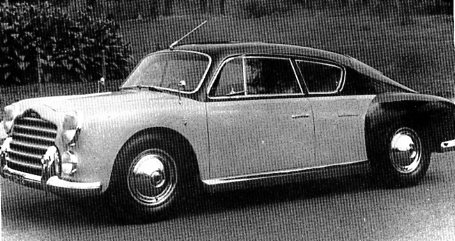
The suggestion that Giovanni Michelotti might be the actual designer of the B20, based on a Fiat design he created for Ghia in 1950, is a plausible alternative. It’s not uncommon for automotive designers to work on various projects, and the rebranding of a design for a different manufacturer is a practice that has occurred in the automotive industry.
In conclusion, the true origin of the Lancia Aurelia B20’s design may remain a matter of historical debate. The multiple perspectives, conflicting claims, and the complexity of collaborations in the automotive industry make it challenging to definitively attribute the design to a single individual or design house. Different historians and sources may present varying viewpoints on this matter.
The 1950 Fiat 1400 Supergioiello
In the early 1950s, amidst the vibrant automotive scene of Turin, Carrozzeria Ghia stood as a modest workshop with a penchant for crafting unique automobiles and limited production runs. At the helm of their design endeavors was the exceptionally talented stylist, Michelotti, who, at the time, operated as a freelance designer from the confines of his own apartment.

The 1950 Turin Auto Salon witnessed the unveiling of a masterpiece that would foreshadow the iconic Lancia Aurelia B20. Ghia introduced the Fiat 1400 Coupè Supergioiello, a design credited to Michelotti and produced in limited series a year prior to the B20 project. This particular automobile, adorned with numerous concours prizes, echoed the lines of the B20, being a 3-seater coupè with a strikingly similar design.
What makes the Supergioiello truly intriguing is its undeniable resemblance to the B20, differing only by a minor 3 cm variation in wheelbase and a 2 cm variation in width. Delving deeper into the details, it’s noteworthy that all components used by Ghia to assemble the prototype were sourced from the Aurelia B10 sedan – from the front and rear lights to the front grill, windscreen, back window, and even the bumpers.
Imagine taking the Supergioiello body, seamlessly fitting it onto the B20 chassis, and adorning it with the B10 components – there lies the captivating origin story of the Lancia Aurelia B20.
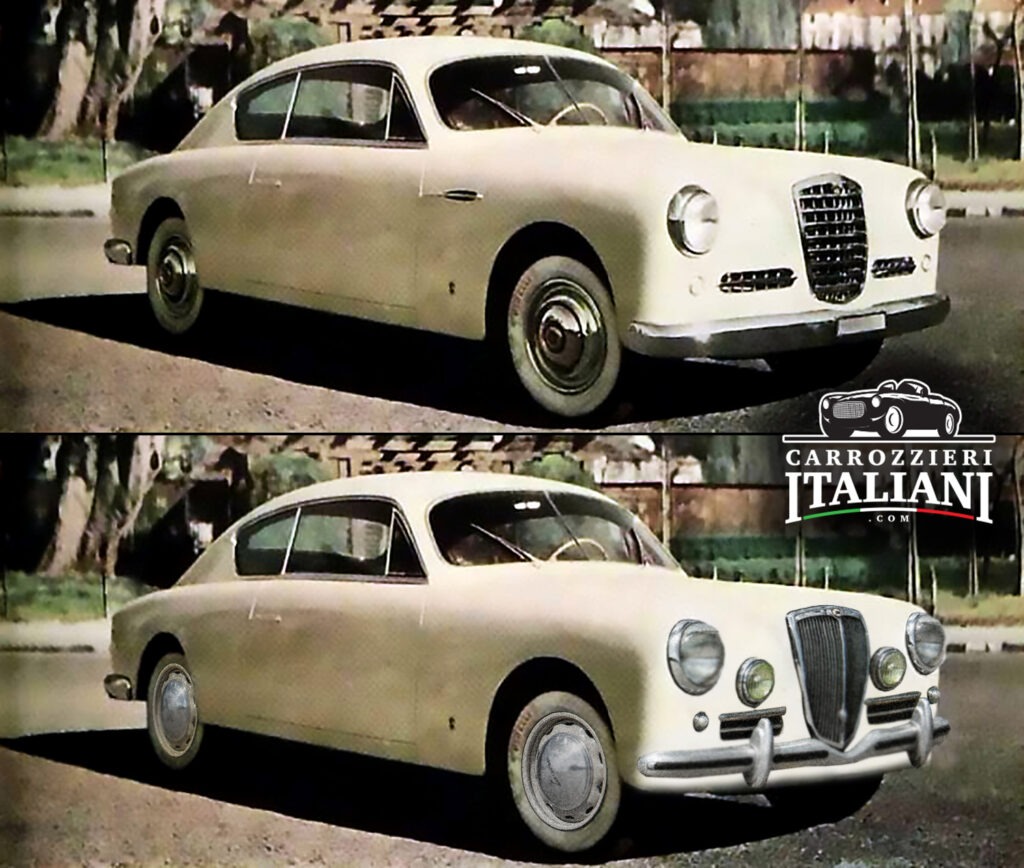
Adding another layer to the narrative, Ghia unveiled the first version of the 1400 Supergioiello at the 1950 Turin Motor Show. A year later, at the 1951 edition, a slightly modified Supergioiello model emerged, possibly to sidestep any overlaps with a similar model to the B20 unveiled at the same auto show.
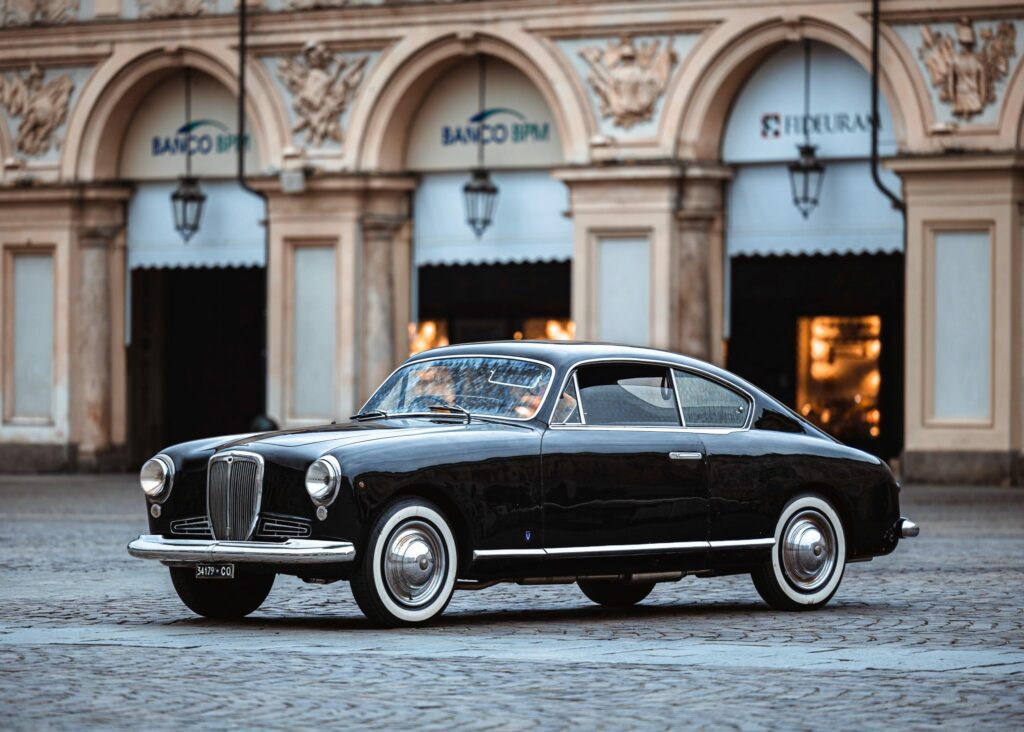
The plot thickens when Giovanni Michelotti, the brilliant designer behind the Supergioiello, took center stage again in 1951. This time, he lent his creative touch to a one-off Lancia Aurelia B50 Coupé bodied by Vignale, mirroring the distinctive lines of the B20 Coupé. This event serves as a compelling piece of evidence suggesting that Michelotti’s influence extended beyond the Supergioiello, hinting at his possible role in shaping the iconic design of the B20.
Another intriguing connection to Giovanni Michelotti’s possible involvement in the Lancia B20’s design lies almost five years later with the 1955 Citroën 2CV Allemano one-off. Though the 2CV Allemano was created well after the B20, its side view and window design share striking similarities with the Lancia. The smooth lines and subtle curves of the 2CV Allemano are reminiscent of the B20’s refined proportions, showcasing Michelotti’s signature style.
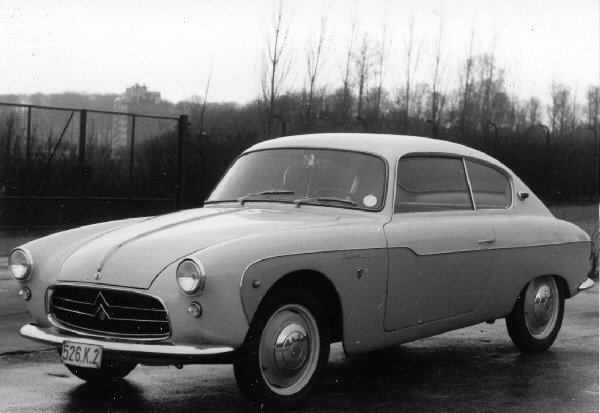
As we unravel the pages of automotive history, the Turin connection between Carrozzeria Ghia, Michelotti, and the Lancia Aurelia B20 emerges as a fascinating prelude, underscoring the intricate web of influences that shape the timeless designs we celebrate today.
The production
Upon receiving approval from Lancia for the B20’s design, Ghia faced the challenge of producing the initial 100 specimens. However, the scale of the project exceeded Ghia’s resources, prompting the involvement of Vittorino Viotti. Boano, recognizing Viotti’s capabilities, sought his assistance as a supplier, and Viotti‘s factory proved to be better equipped for the standardized manufacturing process required.
In April 1951, the Lancia Aurelia B20 made its grand debut at the Turin Motor Show, capturing the hearts of enthusiasts and earning praise from the specialized press. Wealthy car aficionados swiftly placed numerous orders, setting the stage for Lancia’s initial success. However, concerns arose about Ghia’s capacity to handle larger production volumes, prompting a shift in manufacturing responsibilities.
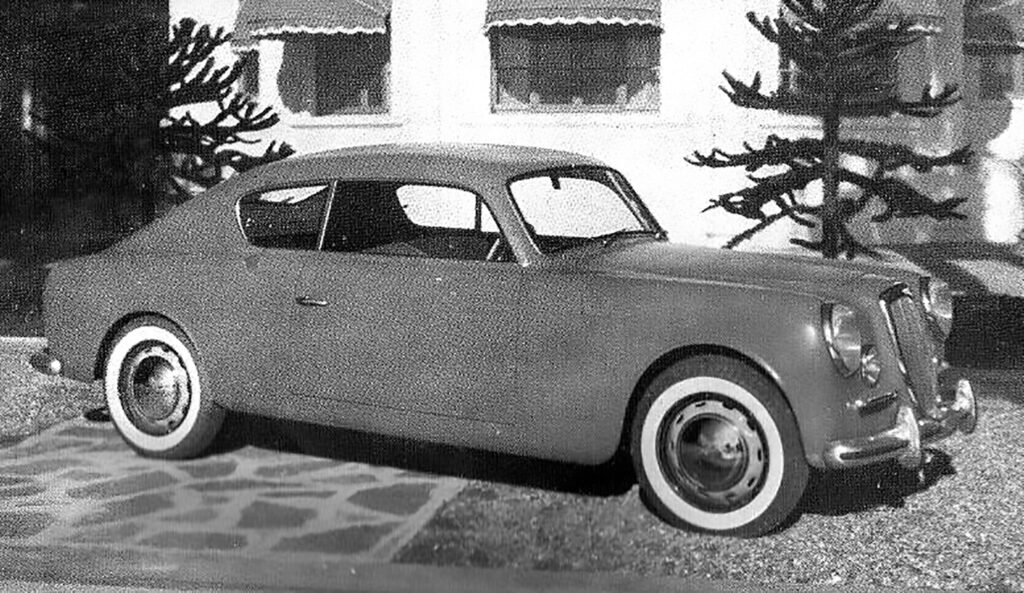
Viotti’s factory, located on Corso IV Novembre, produced a limited run of 98 units, showcasing the exquisite craftsmanship that would define the Aurelia B20. Simultaneously, Ghia managed to create three prototypes before passing the production baton to Viotti an later Pinin Farina. This transition marked a crucial phase in the Aurelia B20’s evolution.
Under the guidance of Pinin Farina, the B20 underwent a comprehensive redesign, with the production of the I series reaching 400 units. Despite their full involvement beginning from the second series onward, Pinin Farina’s touch became synonymous with the Aurelia B20’s legacy. They secured permission from Lancia to incorporate their emblem on the body, highlighting the special samples and standard vehicles equipped with specific optional features.
As the production expanded, Carrozzeria Maggiora also contributed to assembling later models, further enhancing the Aurelia B20’s reputation for quality and style. The collaborative efforts of Ghia, Viotti, and Pinin Farina transformed the Aurelia B20 into a timeless classic, leaving an indelible mark on automotive history. Today, enthusiasts continue to admire and celebrate the Lancia Aurelia B20 as a testament to the ingenuity born from collaborative craftsmanship.
Variations
Contrary to the case of the Aurelia “saloon,” which had two distinct series encompassing its entire production, the Aurelia B20 underwent classification “by series” only during the initial two editions featuring a 2-liter engine. However, the subsequent production of the “2 ½-liter” from 1953 onwards was never officially categorized into “series” nor identified with such designations. It is noteworthy that the 1954-55 version earned the moniker “balestrata” due to the introduction of the new De Dion rear suspension featuring leaf springs instead of coil springs.
The concept of classifying the B20 “in successive series” gained common usage after the car had already ceased production. This was primarily driven by the need for immediate clarity, as the manufacturer’s official data consistently focused solely on the progressive numbering of chassis during model changes. This practice did not facilitate instant comprehension.
In summary, the B20 is now recognized to fall into six distinct series. Lancia initially had no intentions of producing chassis for custom, one-off cars by coachbuilders. Despite being limited in quantity, a few special coachbuilt B20s were indeed produced.
Nardi Raggio Azzurro I
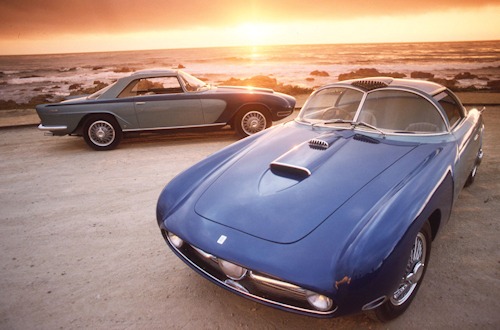
At the early 1955 Automobile Shows, specifically in New York and Turin, the Raggio Azzurro I made its debut. This car was the result of combining the mechanics of the B20 Aurelia, tuned by Enrico Nardi, with the aluminum bodywork crafted by Alfredo Vignale based on a design by Giovanni Michelotti. Commissioned by Nardi, the car featured a distinctive aluminum body painted in two shades of blue, a Plexiglas roof with a central metal air intake, a double-curved windshield, caudal fins, and a prominent central headlight often referred to as “Polyphemus’s eye.”
The Raggio Azzurro I boasted Rudge-Witworth type spoked wheels, a Nardi steering wheel, boar leather interior, and a unique instrumentation with four dials (two large and two small). Its tubular chassis had a wheelbase of 253 cm, deviating from the standard B20’s 265 cm. The car was powered by a 2.5-liter B20 engine extensively modified by Nardi, including a Nardi manifold, 2 Weber 40 DCN carburetors, a modified camshaft, and an 8.9:1 compression ratio. This enhanced engine delivered approximately 140 horsepower at 5500-5600 rpm, allowing the lightweight car (987 kg) to achieve a top speed of around 200 km/h.
It’s noteworthy that the “Raggio Azzurro” remained a one-off, but three years later, the “Raggio Azzurro II” would be unveiled.
Lancia Aurelia B20 Berlinetta Vignale
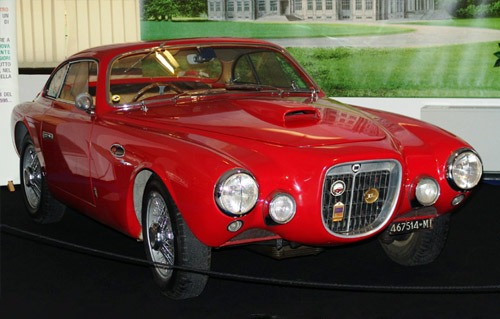
Carrozzeria Vignale, which, in addition to the “Raggio Azzurro I,” certainly built a number of berlinettas with Aurelia mechanicals: although some sources speak of B50-B52 type chassis, it is almost certain that this profiled and sporty berlinetta mounted the B20 type engine.
Lancia Aurelia B20 Zagato
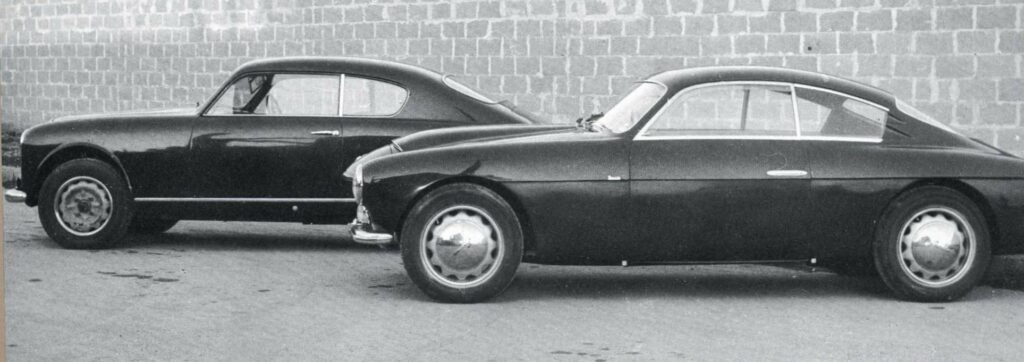
Carrozzeria Zagato, based in Milan, crafted three unique specimens of the B20 Coupè. The initial Lancia B20 Zagato, with chassis number 2328, was finalized on May 27, 1953. It was registered under the name of Ditta Bocca of Biella with the license plate number Vercelli 30694. Subsequently, it was actively used in racing by Plinio Bona. The second one, with chassis number 2505, was delivered on July 4 and registered as Torino 148904 in the name of Ferdinando Gatta, Gianni Lancia’s brother-in-law, who would later participate in racing with the vehicle. The third off-roader, with chassis number 2815, was completed on July 13 and ordered by Arturo Luconi of Prato. It was registered with the license plate Florence 65868.
Lancia Aurelia B20 Boano
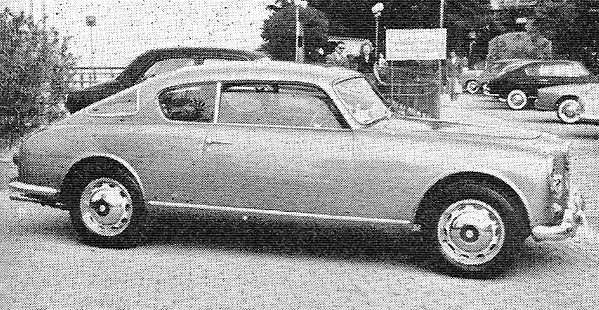
Carrozzeria Boano created a one-off coupè with a luxuriously finished and slightly reworked body: the car cutomized around 1955 is distinguished and characterized above all by a rear window of the so-called “panoramic” type (which is thus considerably enlarged compared to the original). It was exhibited at several concours d’elegance in Italy.


